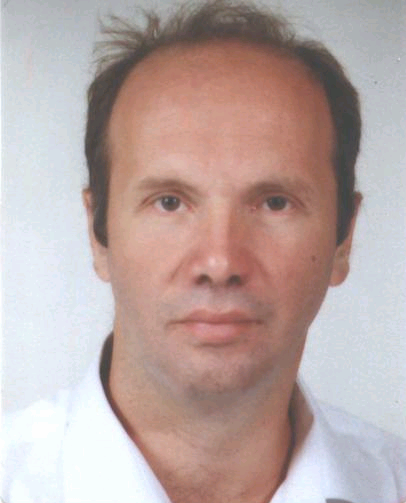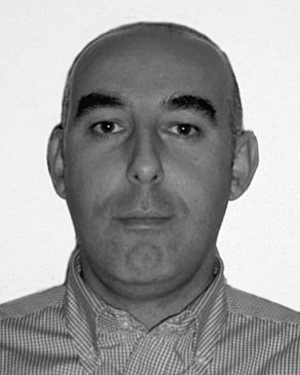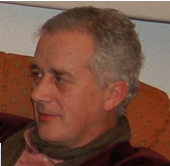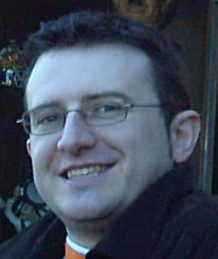
Metamaterials
have led to
a different paradigm for achieving electrically small radiating and
scattering
systems. Many of our initial electric and magnetic metamaterial-based
ESA
designs have been realized through the introduction of the
corresponding
metamaterial-inspired near-field resonant parasitic element antennas.
Their
further miniaturization at VHF and UHF frequencies has been enabled by
introducing lumped elements as was done to achieve the highly
subwavelength
ENG, MNG, and DNG unit cells. Many of these metamaterial-inspired
ESA designs have now been fabricated and tested. The measurement
results are in
very nice agreement with their predicted behaviors. These results will
be
presented and discussed. While these initial efforts emphasized high
overall
efficiencies without using any external matching networks, more recent
resonant
near-field parasitic designs have also explored how close their Q
values can
come to the
It will also be shown that the
corresponding active metamaterial element versions of these
metamaterial-inspired
ESA designs, i.e., replacing the internal passive elements in
successful narrow
bandwidth, high overall efficiency designs with active elements, could
potentially have very large instantaneous bandwidths while maintaining
their
overall efficiencies even when they are very electrically small.
Further
considerations of multi-band systems within the same real estate
allowance
(electrical size or footprint), along with potential applications, will
also be
described.




